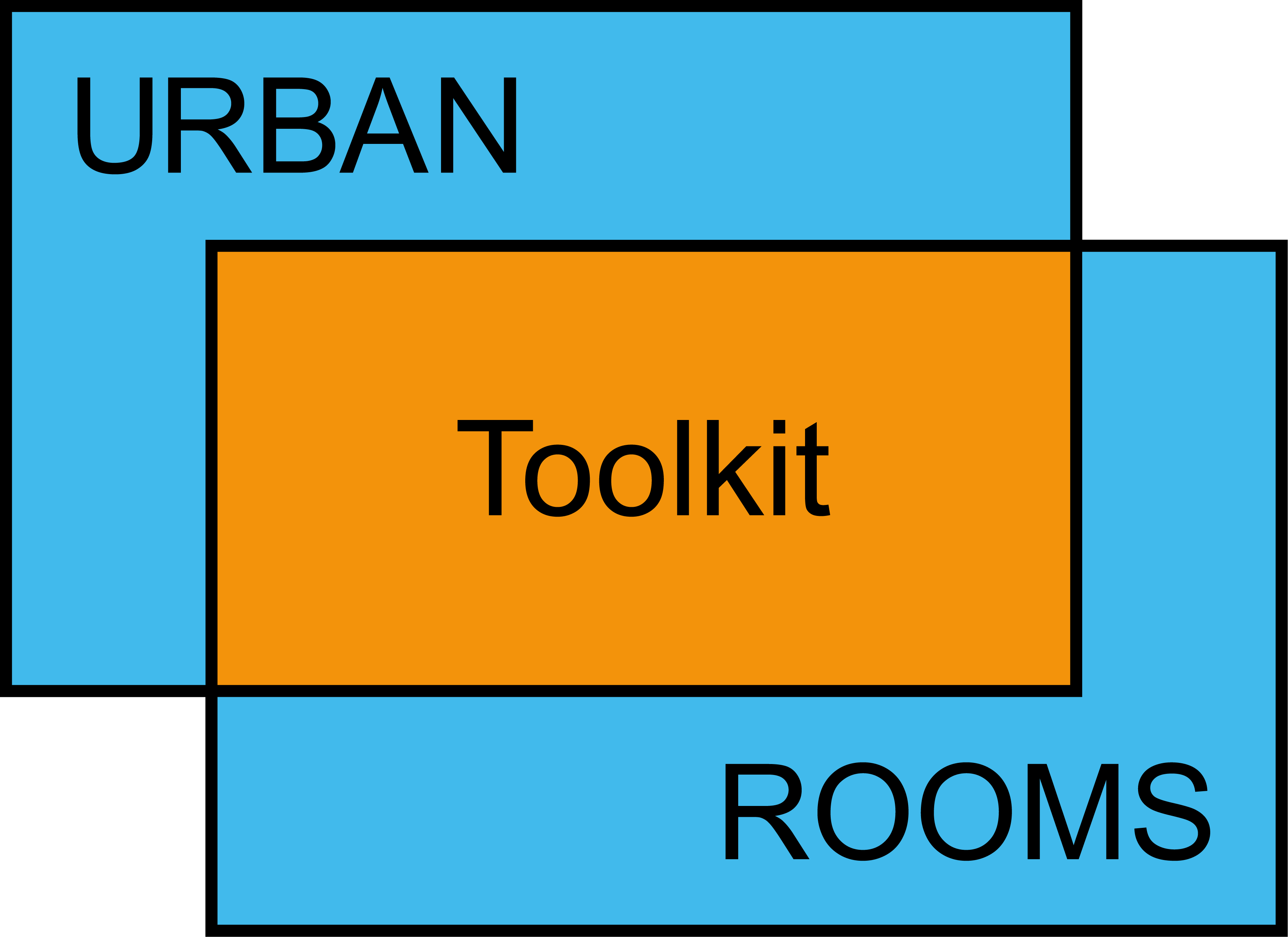


Group: Maps & Mapping
Method: Digital Mapping
Description of Method:
Digital platforms can offer an alternative to the physical mapping methods described previously. These can be off-the-shelf or bespoke digital platforms to collectively map physical, cultural or social aspects of a place. Some platforms such as Commonplace and Mapping for Change are well established and work predominantly with local authorities, development groups and larger civic institutions. They offer a mapping interface that can be stand alone or embedded within a client’s project website.
Purpose of Method:
Digital mapping can widen participation in community engagement. It moves the mapping beyond the physical confines of the Urban Room and makes it accessible remotely and outside Urban Room opening times. It bypasses any physical accessibility barriers the Urban Room may present and opens up opportunities for participation to those who would struggle to reach the Urban Room due to disabilities, transport challenges etc. The accumulation of data on an online map is a clear demonstration of engagement and it immediately creates an archive of the mapping that remains once the Urban Room is closed.
Suitable Audience:
Anyone with access to the internet, computer or smartphone. Digital methods, although widely thought of as ‘accessible’ still cannot readily be used by the 1 in 20 households who don’t have access to the internet in the UK.

Your Place Our Place, Reading Urban Room
Your Place Our Place
Public engagement continued beyond the space of the Reading UR through the online mapping service Commonplace. Residents mapped areas according to specific criteria e.g. ‘connect to nature’, ‘sense of belonging’, ‘sense of wonder’, ‘easy to get around’.
Group: Maps & Mapping
Method: Digital Mapping
Description of Method:
Digital platforms can offer an alternative to the physical mapping methods described previously. These can be off-the-shelf or bespoke digital platforms to collectively map physical, cultural or social aspects of a place. Some platforms such as Commonplace and Mapping for Change are well established and work predominantly with local authorities, development groups and larger civic institutions. They offer a mapping interface that can be stand alone or embedded within a client’s project website.
Purpose of Method:
Digital mapping can widen participation in community engagement. It moves the mapping beyond the physical confines of the Urban Room and makes it accessible remotely and outside Urban Room opening times. It bypasses any physical accessibility barriers the Urban Room may present and opens up opportunities for participation to those who would struggle to reach the Urban Room due to disabilities, transport challenges etc. The accumulation of data on an online map is a clear demonstration of engagement and it immediately creates an archive of the mapping that remains once the Urban Room is closed.
Suitable Audience:
Anyone with access to the internet, computer or smartphone. Digital methods, although widely thought of as ‘accessible’ still cannot readily be used by the 1 in 20 households who don’t have access to the internet in the UK.

Your Place Our Place, Reading Urban Room
Your Place Our Place
Public engagement continued beyond the space of the Reading UR through the online mapping service Commonplace. Residents mapped areas according to specific criteria e.g. ‘connect to nature’, ‘sense of belonging’, ‘sense of wonder’, ‘easy to get around’.
